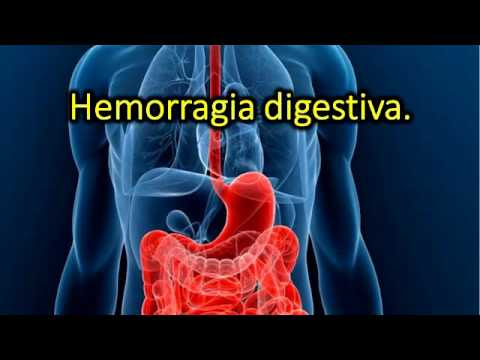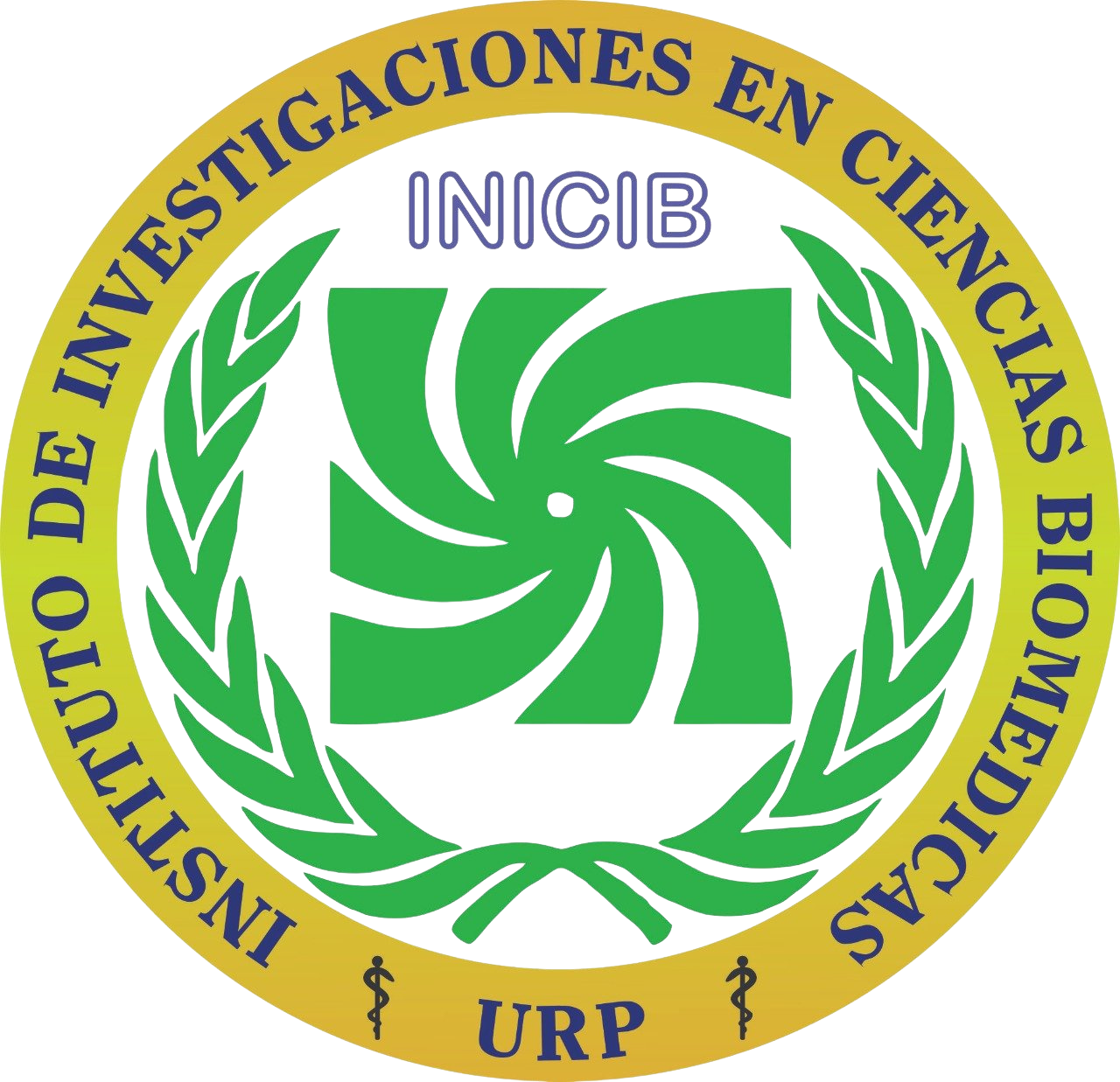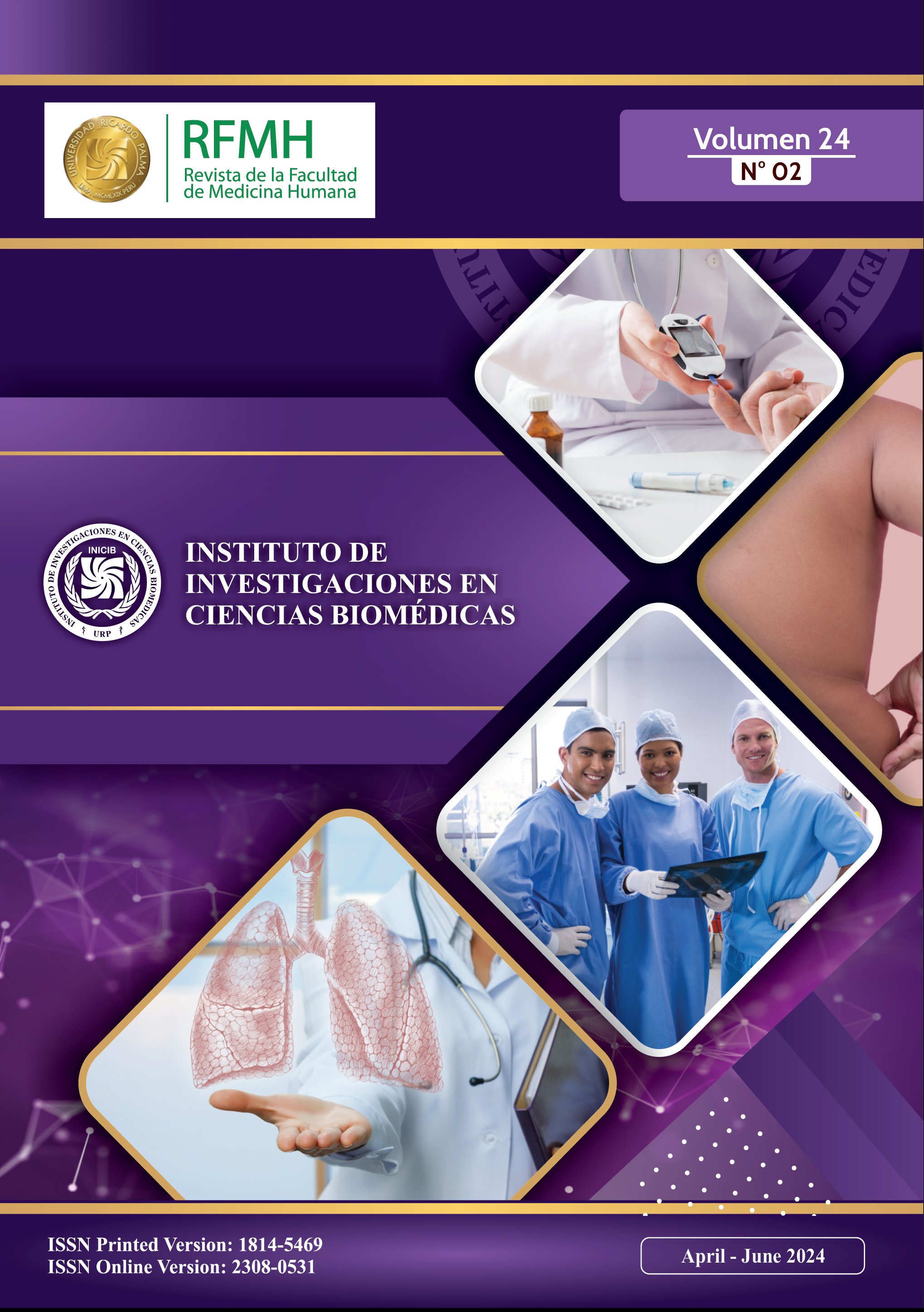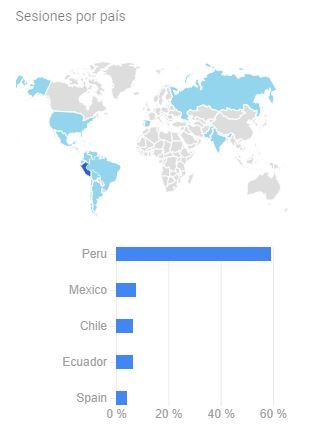Asociación entre la edad y tipo de lesión encontrada por endoscopia baja en pacientes con hemorragia digestiva baja atendidos en el hospital santa rosa. enero-diciembre 2015
Association between age and type of lesion found by low endoscopy in patients with low gastrointestinal hemorrhage attended at santa rosa hospital. january-december 2015
Palabras clave:
Hemorragia digestiva baja, Localización anatómica de la lesión, Tipo de lesión endoscópicaResumen
Objetivo: Determinar la asociación entre la edad con los tipos de lesiones encontradas en pacientes con diagnóstico de hemorragia digestiva baja sometidas a endoscopia baja en el servicio de Gastroenterología del hospital Santa Rosa. Métodos: Estudio observacional, analítico, retrospectivo, se recopiló información de los informes de endoscopia digestiva baja y los archivos de historia clínica del servicio de Gastroenterología. Las variables: edad, sexo, tipo de lesión y localización anatómica de la lesión; se resumieron a fichas para su uso estadístico utilizando los programas de SSPS versión 22 y Excel para los gráficos y tablas, se usó la prueba de Chi cuadrado, con un valor de p<0,05 como estadísticamente significativo. Resultados: Muestra significativa de 180 pacientes con edad promedio de 62 años, dividida en G1: (18-34 años) con 10% de la muestra, predomina el examen endoscópico sin evidencia de lesión, seguido de hemorroides, G2: (35-64 años) con 38% de la muestra, predomina hemorroides externas, G3: (65 a más) con 52% de la muestra, predomina hemorroides internas, con respecto al sexo 60% son de sexo femenino; la localización anatómica más frecuente se encontró a nivel del recto-ano. Además la asociación entre pacientes <35 años y 35 años a más respecto a la presencia o no de lesión endoscópica, nos generó un OR de 18.514 el cual fue estadísticamente significativo. Conclusión: Se concluye que existe asociación entre la edad y/o el grupo etario con el tipo de lesión endoscópica encontrada, predominando el grupo etario GIII que corresponde a los adultos mayores de 65 años, en el que se encontró la mayor cantidad de hemorroides internas y externas; habiendo asociación entre la edad del paciente con la presencia de lesión endoscópica, con un OR de 18.5; lo cual nos indica que existe 18.5 veces más riesgo que un paciente a mayor edad presente hemorragia digestiva baja encontrada por endoscopia baja, por lo cual esta relación fue estadísticamente significativa.
Descargas

Descargas
Publicado
Cómo citar
Número
Sección
Licencia
Derechos de autor 2019 Revista de la Facultad de Medicina Humana

Esta obra está bajo una licencia internacional Creative Commons Atribución 4.0.



































